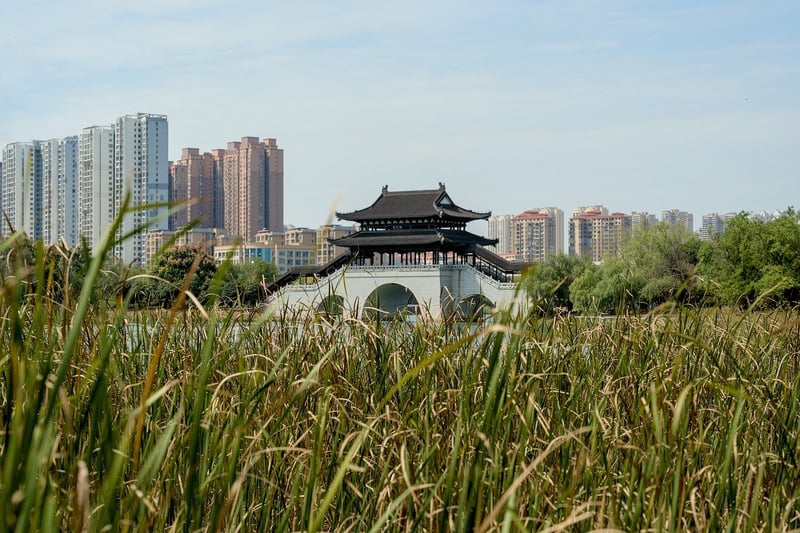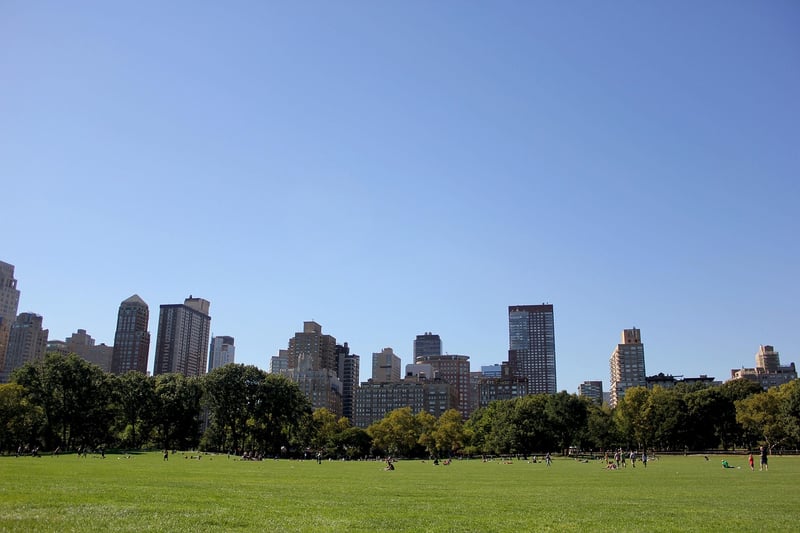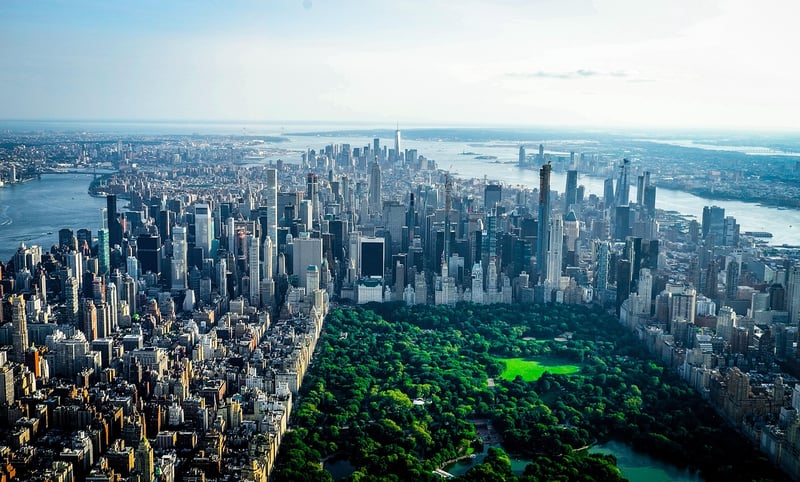City Parks
Optimizing Small Areas and City Parks for a Greener Environment

In the hustle and bustle of urban life, green spaces like city parks play a crucial role in providing a breath of fresh air and a sanctuary for both people and wildlife. Optimizing small areas and city parks can further enhance their functionality and sustainability, contributing to a greener and healthier environment for everyone.
Benefits of Green Spaces in Urban Areas
City parks and small green areas offer a wide range of benefits:
- Improving air quality by absorbing pollutants and releasing oxygen
- Providing recreational spaces for physical activity and relaxation
- Supporting biodiversity by creating habitats for plants and animals
- Reducing the urban heat island effect by providing shade and cooling the surroundings
Optimization Techniques
Here are some strategies to optimize small areas and city parks:
- Native Plantings: Use native plants in landscaping to promote biodiversity and reduce water consumption.
- Smart Irrigation: Implement water-efficient irrigation systems to minimize water waste.
- Green Infrastructure: Integrate green roofs, rain gardens, and permeable pavements to manage stormwater and reduce runoff.
- Community Involvement: Engage the community in park maintenance and conservation efforts to foster a sense of ownership and stewardship.
Case Study: Central Park, New York City
Central Park is a prime example of a well-optimized city park. With over 840 acres of greenery, it serves as a recreational hub for residents and visitors alike. The park's design incorporates various optimization techniques such as native plantings, sustainable irrigation practices, and efficient waste management.

By implementing these strategies, Central Park not only enhances the quality of life in the city but also sets a precedent for sustainable urban green spaces worldwide.
Conclusion
Optimizing small areas and city parks is essential for creating a greener and more sustainable urban environment. By adopting eco-friendly practices and involving the community in conservation efforts, we can ensure that these green spaces continue to thrive and benefit both people and nature.
Let's work together to make our cities greener and healthier for generations to come!
